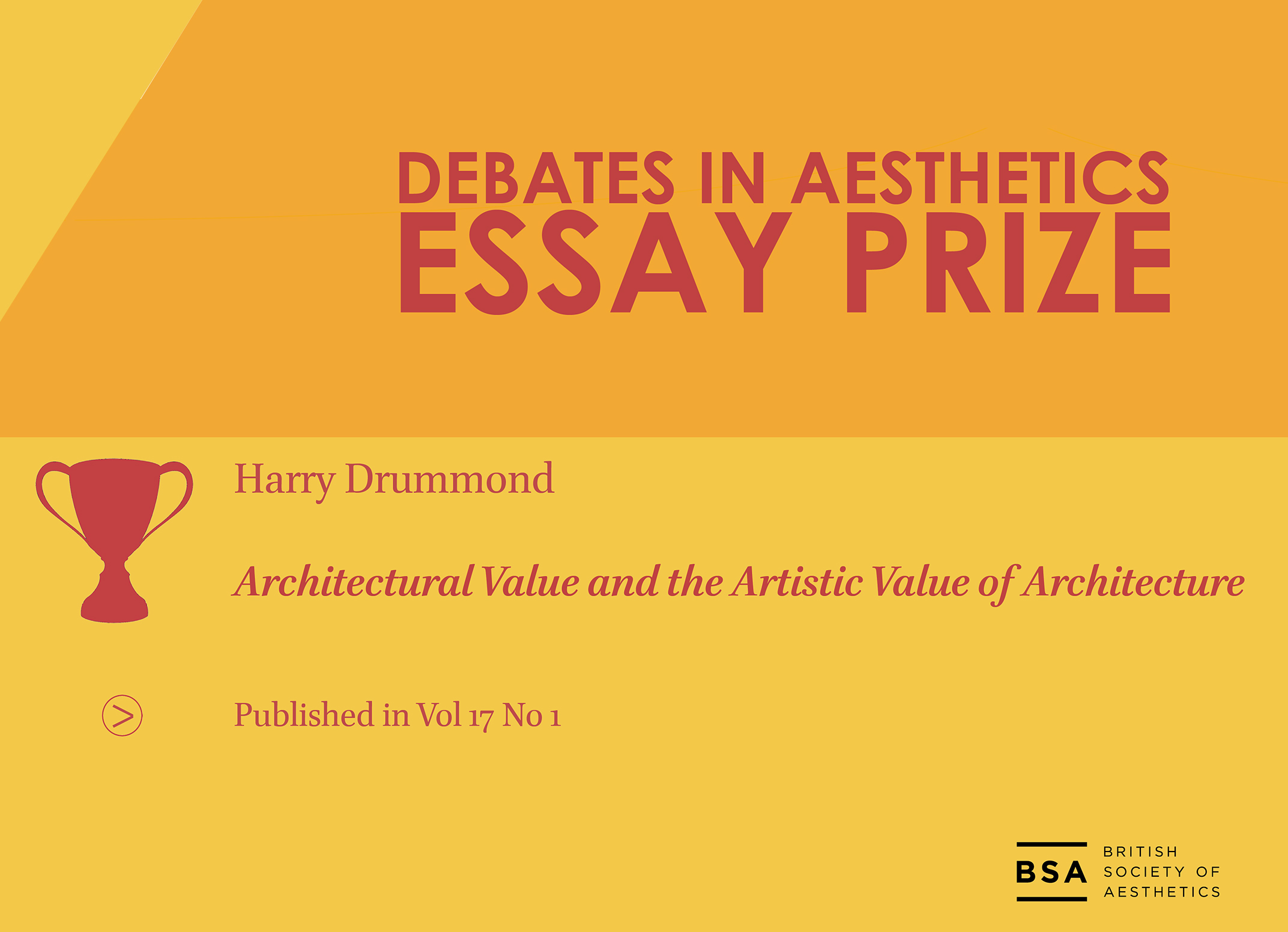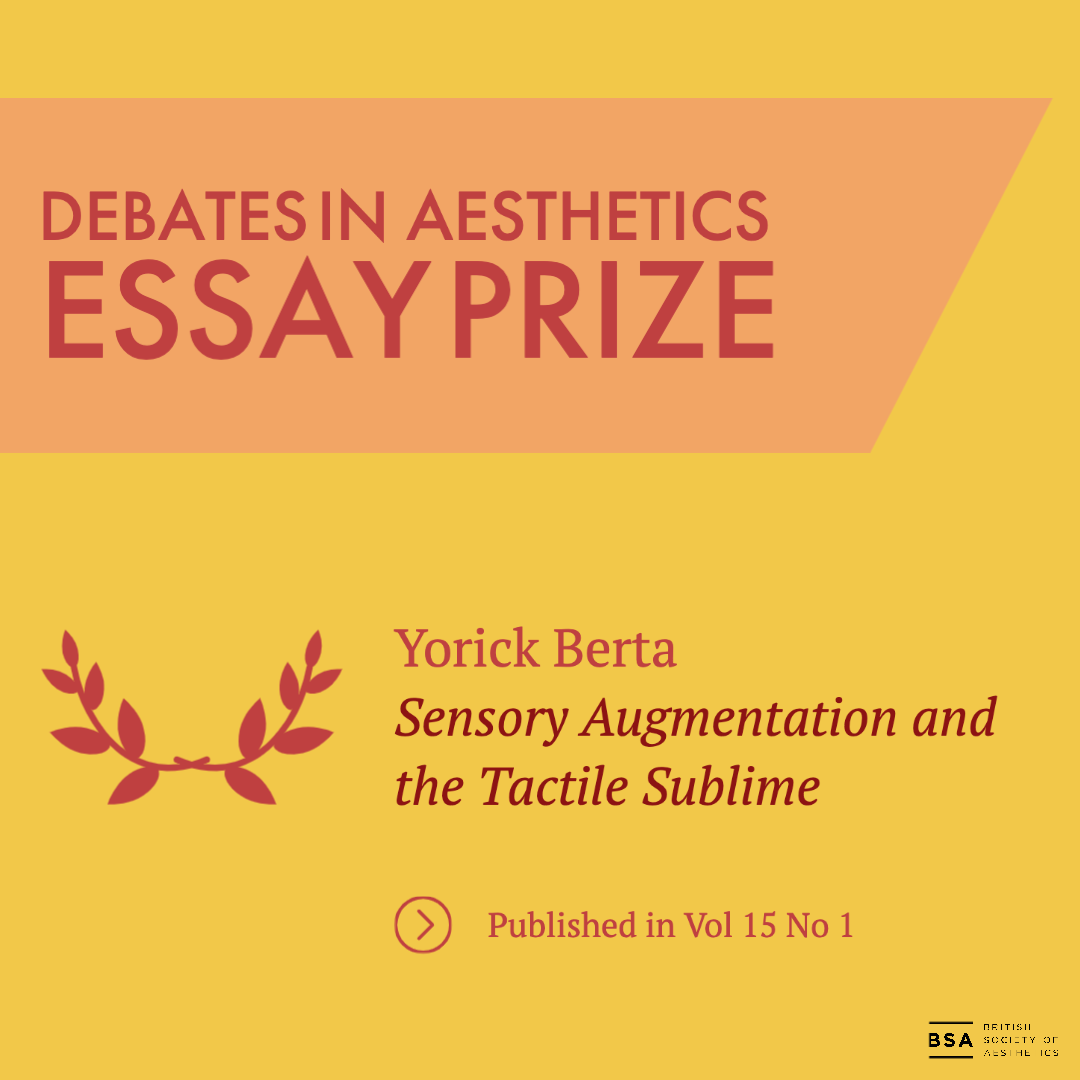The editors of the journal Debates in Aesthetics are delighted to invite submissions for our next Special Issue. Our bodies are often the object of aesthetic appreciation and evaluation. However, our assessment of bodies is often guided by many conventions and rules that govern what constitutes a beautiful body. The dominance of beauty practices opens up a range of pressing questions in aesthetics. How should we aesthetically engage with features of our bodies that are deemed to fall short of these standards? Should beauty always be the main target of aesthetic appreciation, or might there be more to our aesthetic lives than this? If there are many options for aesthetically engaging with bodies beyond conventional beauty practices, why should we choose to pursue them? Can changing the fundamental philosophical underpinnings of body aesthetics alter the way we interact with each other and organise our societies?
This special issue seeks to advance philosophical dialogue about the aesthetic appreciation of bodies. We are delighted to present a new commissioned essay by Professor Sherri Irvin (The University of Oklahoma) entitled ‘Choosing Our Aesthetic Practices Wisely: Embodiment, Pleasure, and Justice’, which addresses the preceding questions by presenting a novel case for the practice of ‘aesthetic exploration.’
We are inviting short articles of no longer that 3,500 words (excluding footnotes and references) that respond to the arguments put forward in Professor Irvin’s article. All submissions must conform to the submissions guidelines laid out by the journal.
Please submit your paper by emailing it to editor@debatesinaesthetics.org



